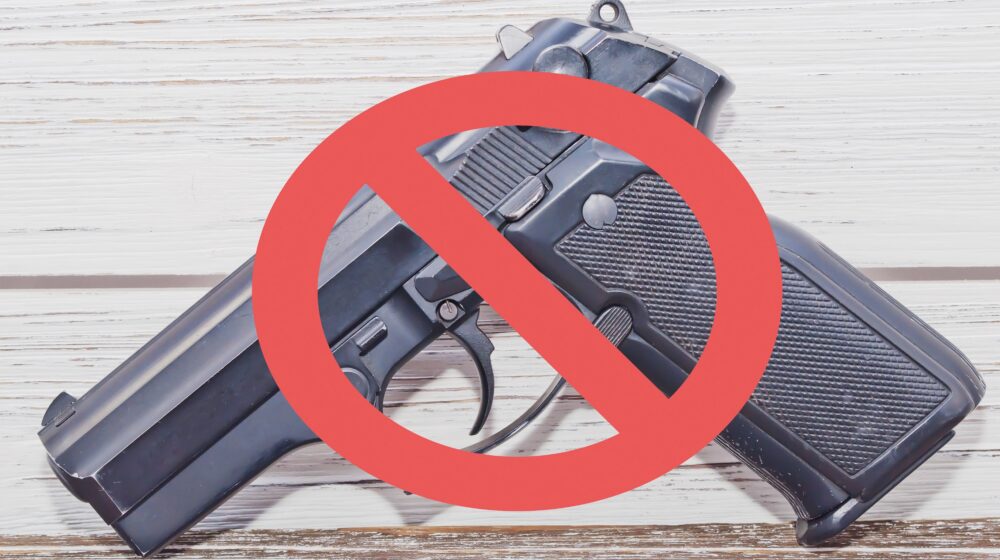
In the contemporary dialogue about public safety and individual rights, gun control remains a polarizing topic. Many gun control measures are hotly debated, with advocates and critics both standing strongly behind their positions. Understanding the gun control pros and cons associated with each measure is crucial for a well-informed discussion. Here’s a look at 18 gun control measures that have been the subject of debate, reflecting the diverse opinions and arguments in this ongoing conversation.
-
Universal Background Checks

Advocates of universal background checks argue that this measure is essential for keeping firearms out of the hands of those who pose a threat to society. Opponents, however, contend that such checks infringe upon individual rights and can be ineffective due to loopholes in the system.
-
Ban on Assault Weapons

The proposal to ban assault weapons is supported by many who believe these firearms are too dangerous for public use. They also cite that these firearms are disproportionately used in mass shootings. Critics argue that defining “assault weapons” is subjective or that what qualifies as an assault weapon is widely misunderstood, and the term is often misused. Additionally, opponents feel that such bans would violate the Second Amendment rights of law-abiding citizens.
-
High-Capacity Magazine Limits
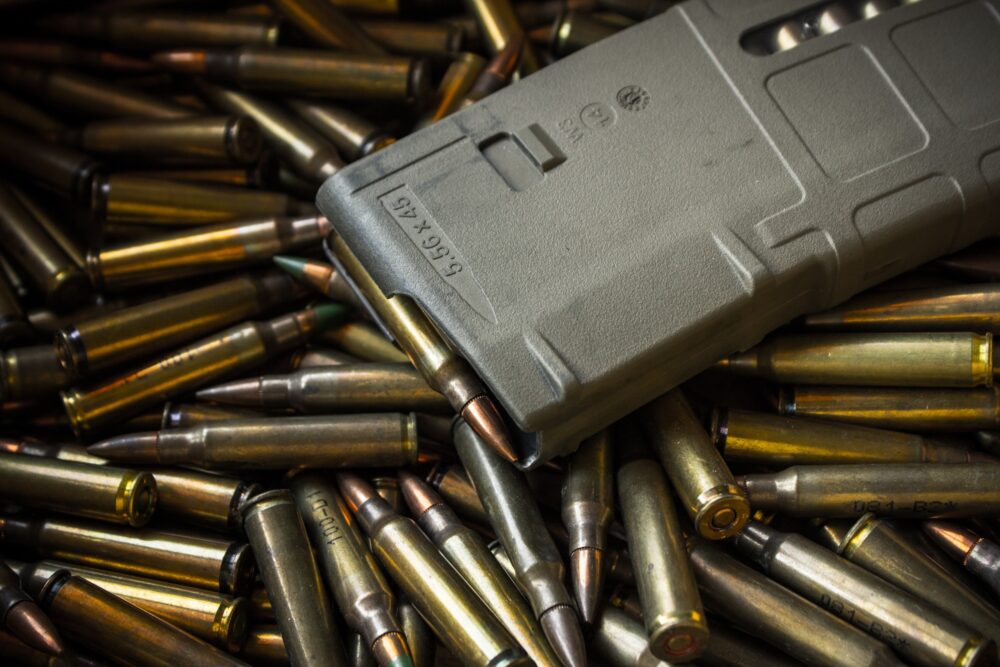
Limiting magazine capacity is seen as a way to reduce the lethality of firearms. For example, advocates claim that more frequent reloading could theoretically reduce the number of casualties during a mass shooting incident when compared to less frequent reloading. Opponents of this measure maintain that it restricts self-defense capabilities. Further, they say that an arbitrary limitation that doesn’t address the root causes of gun violence.
-
Mandatory Safe Storage Laws
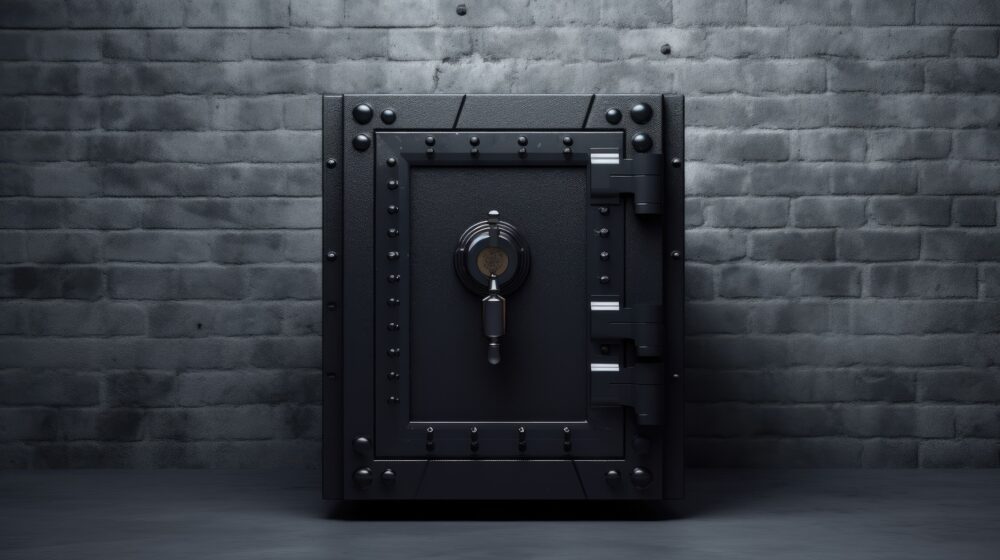
Safe storage laws are aimed at preventing accidental shootings and firearm thefts. They focus on ensuring guns are stored in a particular manner, such as a suitable safe with a locking mechanism that meets minimum requirements. Critics argue that these laws can delay armed response in emergencies, as retrieving the firearms could take precious time. Additionally, they claim such requirements infringe on personal freedoms.
-
Red Flag Laws

Red flag laws permit the temporary removal of firearms from individuals deemed a risk to themselves or others. Advocates see this as a proactive approach to prevent violence. Opponents view it as a violation of due process rights. Further, opponents feel it leaves room for unverified, malicious allegations to cause someone to lose their rights.
-
Licensing Requirements for Gun Owners
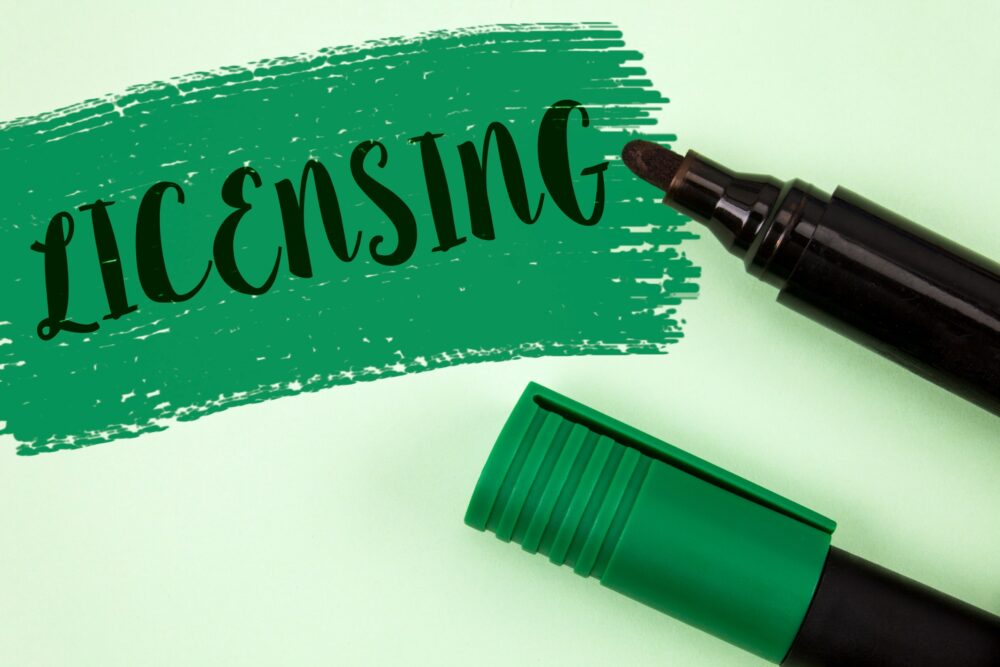
Requiring a license to own a gun is seen by proponents as a way to ensure responsible ownership. Often, it’s cited as a means to ensure that only trained individuals and those who’ve undergone specific checks are able to possess firearms. Opponents, however, argue that it creates an unnecessary barrier to exercising Second Amendment rights. Some also state it could cause discrimination against disadvantaged groups, too.
-
Mandatory Gun Insurance

Some advocate for mandatory gun insurance as a means to promote responsible ownership. Additionally, insurance could serve as a compensation mechanism for gun violence victims. However, opponents see this as an additional financial burden that penalizes law-abiding gun owners. Further, it could make gun ownership prohibitively expensive, limiting legal access based on financial means.
-
Raising the Minimum Age for Gun Purchases
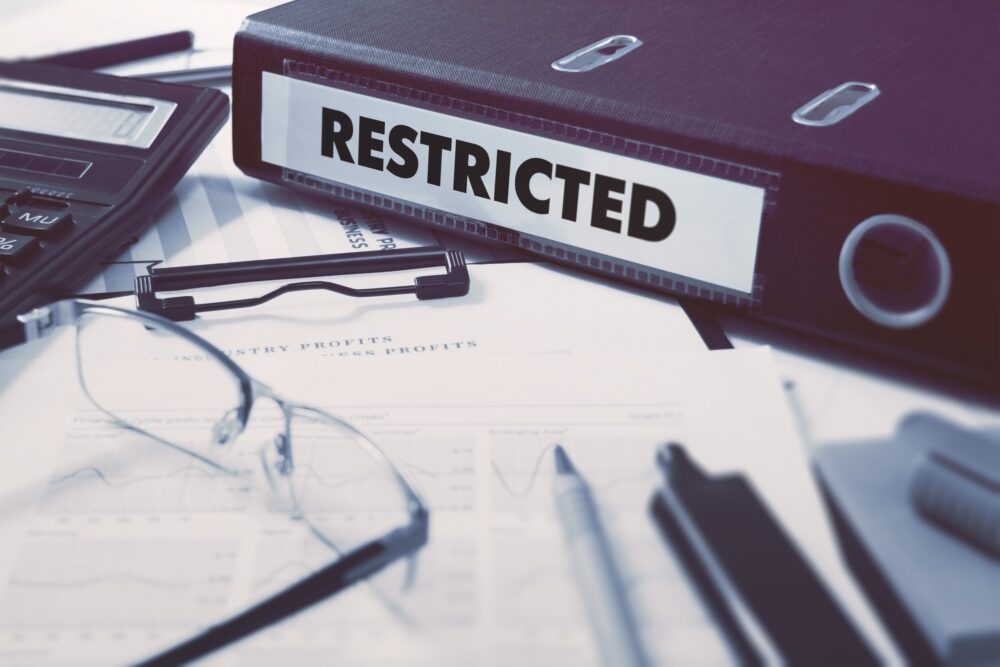
Raising the age limit for purchasing firearms aims to reduce access among younger individuals who may be more prone to impulsive actions. Critics argue that this infringes on the rights of young adults who can serve in the military and vote. Additionally, opponents feel that age-based requirements don’t factor in individual maturity or circumstances.
-
Waiting Periods for Gun Purchases

Waiting periods are intended to prevent impulsive acts of violence. Advocates believe that the waits essentially create chances for the purchaser to “cool off,” which may cause it to functionally serve as a deterrent. However, opponents argue that these periods can prevent individuals from quickly obtaining a firearm for self-defense in urgent situations. Often, they state such delays could cost people their lives, depending on their circumstances.
-
Banning Bump Stocks
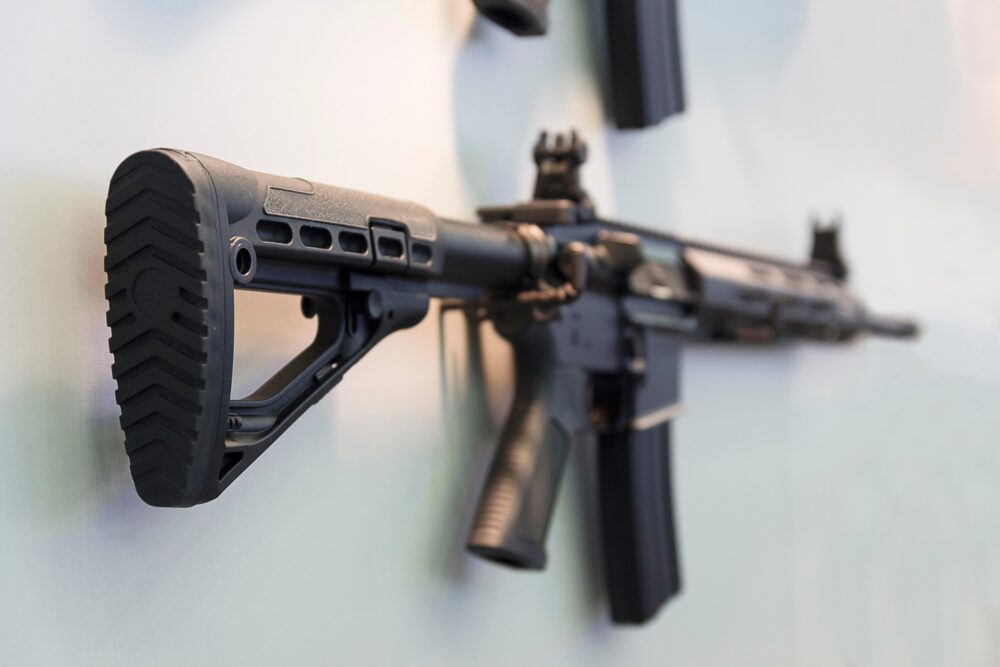
Bump stocks, which enable semi-automatic weapons to fire more rapidly, have been targeted for bans. Advocates see this as a common-sense measure to prevent mass shootings or reduce the number of victims, as the rate of fire is slower without a bump stock. Others argue that a bump stock ban is a superficial solution that does not address broader issues. Essentially, it doesn’t address the root cause of gun violence, and it could lead to slippery slope arguments for further restrictions.
-
Limitations on Concealed Carry

Restricting concealed carry is seen as a way to reduce the risk of public shootings. Advocates believe that such limitations would lower the number of firearms in public places, potentially leading to fewer confrontations. Critics argue that it impedes the ability of individuals to protect themselves. Additionally, they state that it’s an unfair restriction of rights.
-
Ammunition Purchase Regulations

Regulating ammunition purchases is proposed to limit access to the means of gun violence. Advocates state that monitoring or limiting ammo purchases could potentially prevent dangerous individuals from carrying out gun violence or may reduce the size of incidents due to less ammunition being available. Opponents see this as an infringement on the rights of gun owners and ineffective in curbing gun-related crimes. Additionally, critics state it could lead to a black market for ammunition.
-
Gun Buyback Programs

Gun buyback programs are designed to reduce the number of firearms in circulation by offering compensation to those willing to turn their guns in to the program administrators. Proponents state that reducing the number of firearms could reduce gun violence. Critics argue that these programs often fail to retrieve guns from those most likely to commit crimes and instead disarm law-abiding citizens. Additionally, opponents claim that such programs typically collect older, less functional weapons, which has little impact on societal gun violence risk.
-
Repealing “Stand Your Ground” Laws
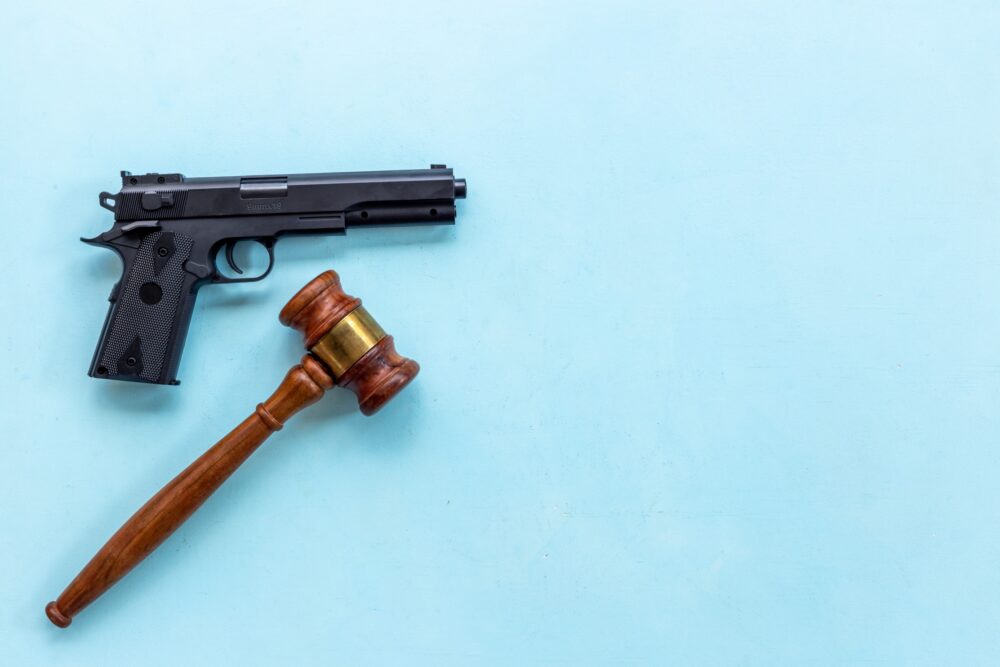
“Stand your ground” laws state that individuals have the right to use reasonable force – which can include deadly force – as a means of protecting themselves. Advocates for repealing these laws believe they encourage violent confrontations. Opponents, however, assert that these laws are essential for protecting individuals who face real and immediate threats, allowing them to defend themselves without the duty to retreat.
-
Taxing Firearms and Ammunition

The idea of taxing firearms and ammunition is to discourage excessive purchasing. For example, it could deter stockpiling, making such activities cost-prohibitive. Additionally, supporters feel the taxes could serve as a source of funding for critical public services related to mitigating gun violence. However, critics contend that such taxes disproportionately affect lower-income individuals who have a right to self-defense. Further, they view it as a form of punishment levied against people exercising a constitutional right.
-
Restricting Gun Access for Domestic Violence Offenders

This measure aims to prevent domestic violence offenders from owning guns. Advocates feel it prevents individuals with clear history of violent acts from having access to firearms. Opponents argue that this could be applied too broadly and infringe upon the rights of individuals who have served their sentences. Further, they state it could lead to a loss of gun rights for people falsely accused of domestic violence, potentially without due process.
-
Mandatory Training for Gun Owners
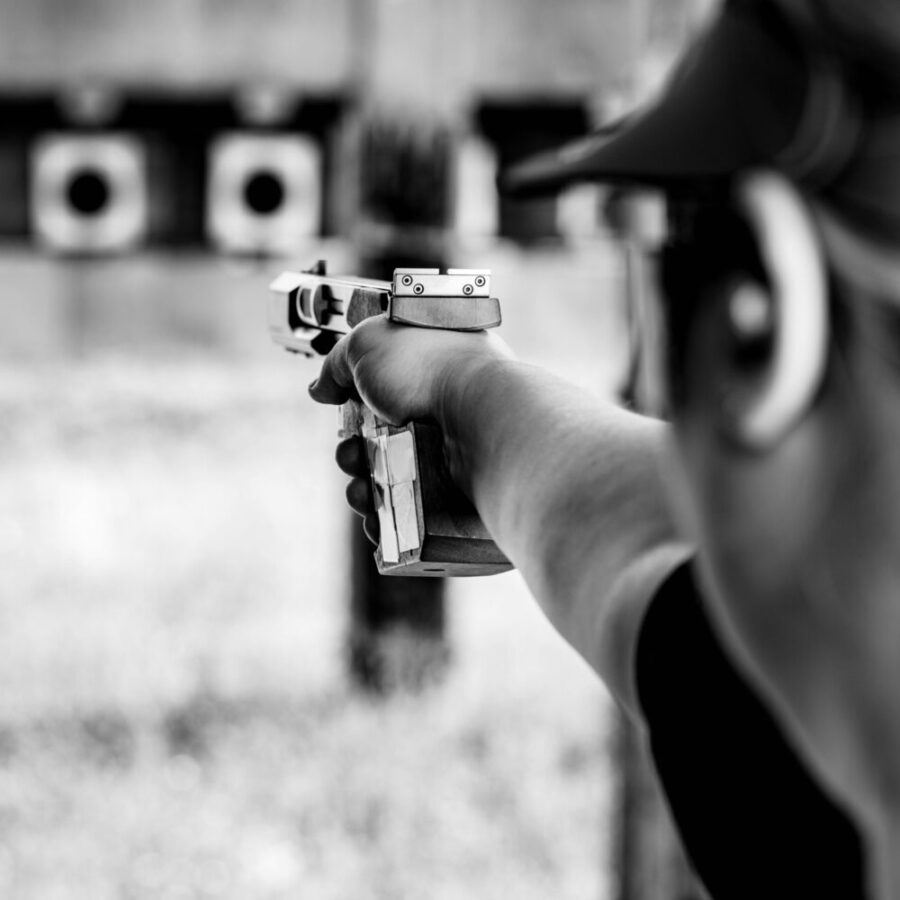
Mandatory training is proposed to ensure responsible gun use. Proponents state it would ensure that gun owners understand safe gun handling and use. Critics argue that this places an undue burden on gun owners. Opponents also state such requirements may be used to restrict gun ownership.
18. Implementing Smart Gun Technology
Smart gun technology is advocated to prevent unauthorized use of firearms. Advocates believe it could reduce the number of accidental shootings and prevent stolen guns from being used by others. However, critics cite concerns about the reliability of this technology. Additionally, they discuss concerns about potential government overreach, such as using the technology for the tracking of law-abiding citizens.
The Debate Over Gun Control
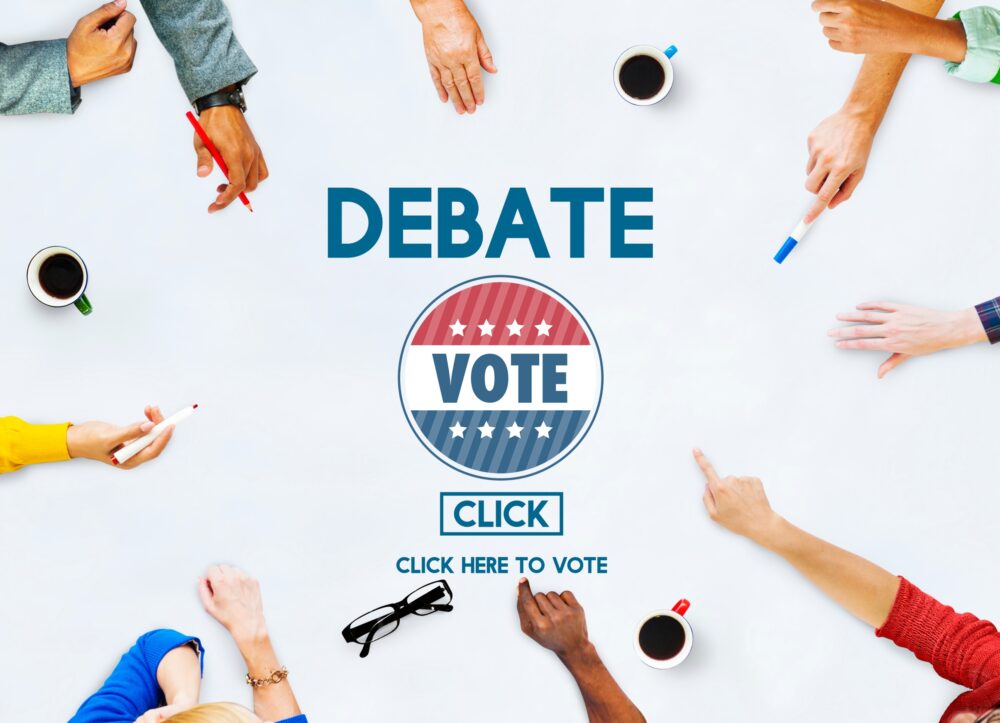
The debate over gun control is complex, with each measure presenting its own set of gun control pros and cons. While there is no one-size-fits-all solution, understanding these nuances is crucial for informed public discourse, ensuring the ongoing dialogue moves everyone closer to a reasonable outcome.
Do you think the gun control measures above are a good idea, or are they unnecessary? Share your thoughts in the comments below.
Read More:
Come back to what you love! Dollardig.com is the most reliable cash back site on the web. Just sign up, click, shop and get full cash back!



